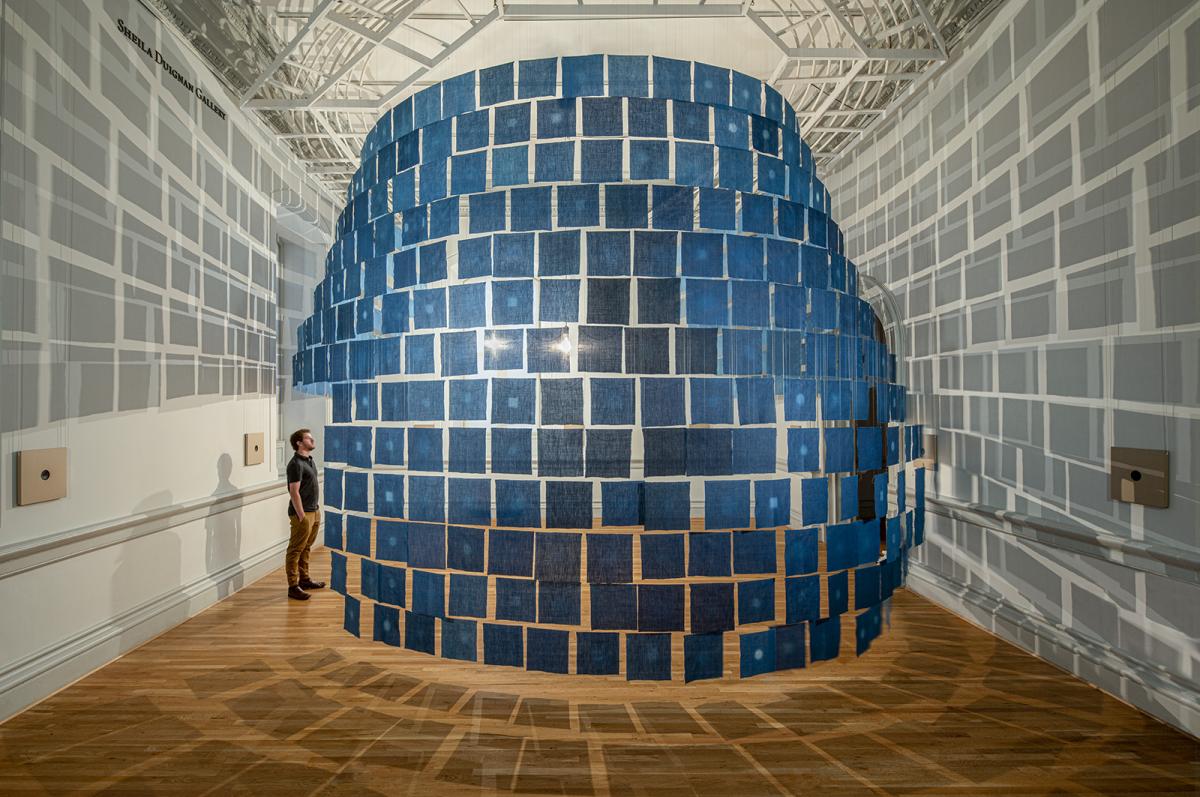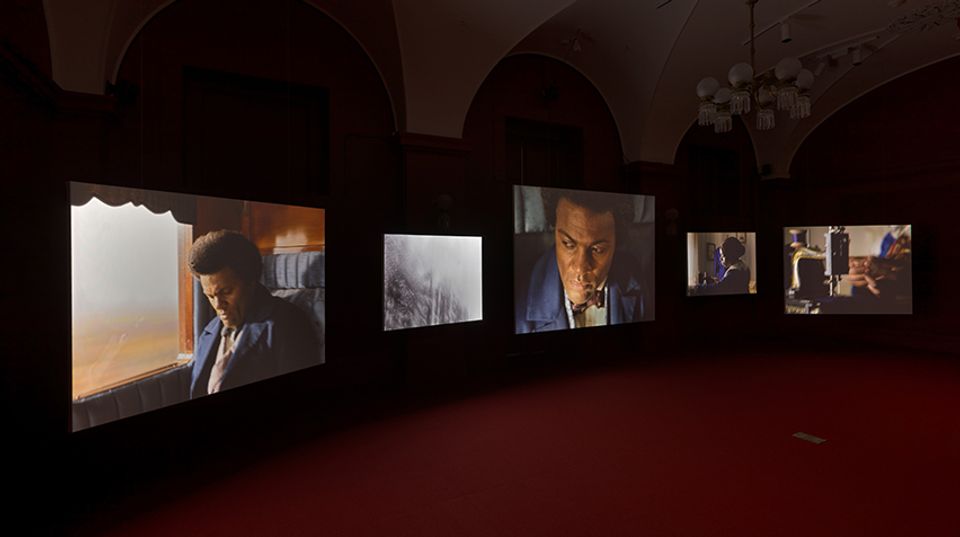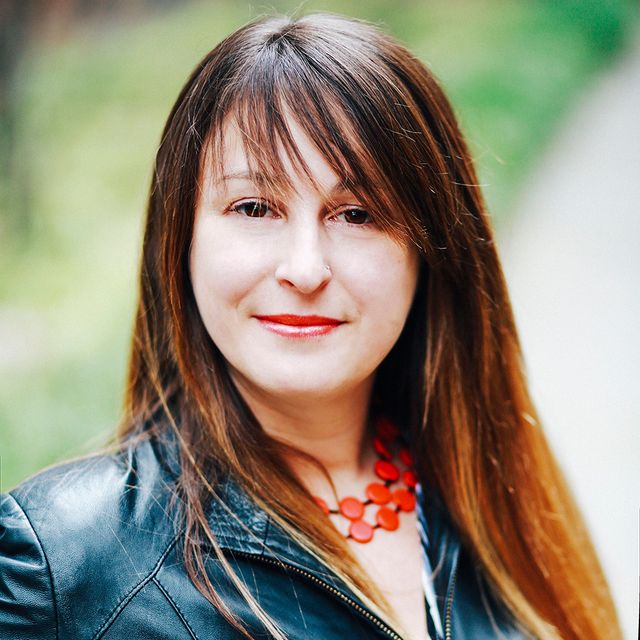
Forces of Nature: Renwick Invitational 2020, is a needed breath of fresh air, illustrating the enduring relationship between nature and art. The selected artists in the semi-annual juried exhibition help us understand our place in a world especially in difficult times and times of uncertainty, none more so that Rowland Ricketts.
Ricketts, who creates fiber works and immersive installations using indigo that he grows and harvests on his farm in Indiana. His process has been described by guest curator Emily Zilber as “farm-to-gallery,” referencing his hand in each step that begins with a seed.
Ricketts learned his craft in Japan where he apprenticed with indigo farmers and dyers. Ai no Keshiki—Indigo Views, a work developed in 2018 in rural Japan, has been reconfigured for the Renwick. The installation is comprised of the work of 450 collaborators who lived with a piece of indigo-dyed fabric for a period of time. Each piece of cloth recorded the passage of time, depending on how long and under what circumstances it was exposed to light.
The exhibition at the Renwick features light and sound elements, the latter created by musician and sound artist Norbert Herber, who has been collaborating with Ricketts for nearly a decade. Fluctuations in luminosity are triggered by constantly changing local, national, and global statistics on COVID-19. The piece then, is constantly in flux, reflecting the world around us.
Want to take a deeper dive? The conversation continues on December 8 at 6 p.m. ET when Rowland joins guest curator Emily Zilber for a talk about the nature of his work, the current iteration of Ai no Keshiki, and ideas about craft and the natural world.


















